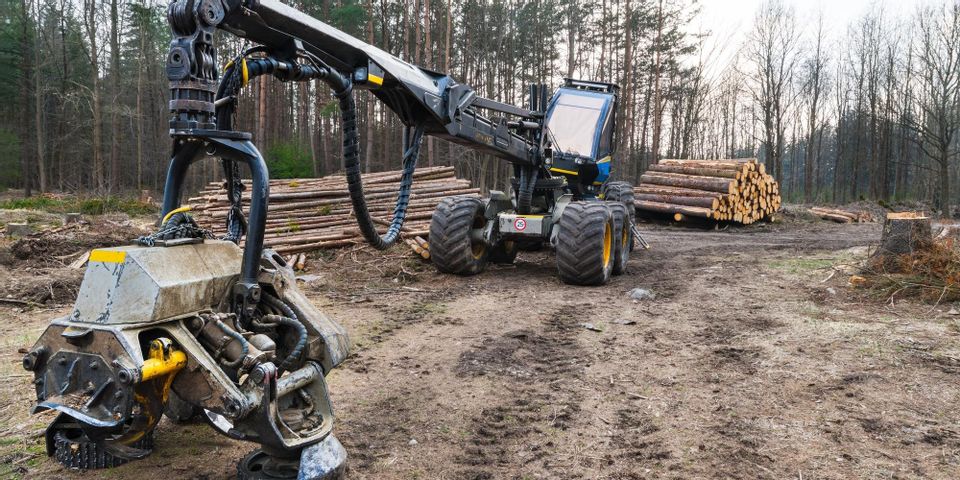A Guide to Industrial Gaskets

If you rely on hydraulic machinery, a gasket is a vital part of what keeps your equipment working. The ring-shaped fitting is placed where two other surfaces meet; for example, two pieces of pipe, or a hose and a nozzle. There are many types of gaskets, all of which protect your machinery in different ways.
Gasket Materials
Gaskets come in a wide range of materials, including various metals, natural or synthetic rubber, cork, and different types of plastic. What type of gasket you need depends on the application. In a high-temperature environment, metal is the most likely choice, while rubber is frequently used when working with liquids because it’s waterproof.
Types of Gaskets
There are three main ways these components are used in modern industrial settings:
Sealing
 A gasket helps bridge the gap where two components meet and makes up for flaws in either surface, resulting in a tight seal that can hold in air and fluids. It can also create an environmental seal to keep out dirt and debris.
A gasket helps bridge the gap where two components meet and makes up for flaws in either surface, resulting in a tight seal that can hold in air and fluids. It can also create an environmental seal to keep out dirt and debris.
Mounting
Whenever digital equipment has to be joined to industrial machinery, it’s at risk for damage from debris, impact, and electricity. Gaskets can seal it away from these hazards.
Anti-Vibration
Two hard components rattling against each other for prolonged periods can damage each other and weaken the seal between them. A flexible gasket provides cushioning and absorbs some of the force of the vibration.
For a full range of industrial gaskets in Waipahu, HI, and throughout the islands, contact D & M Hydraulic Sales & Service. With over 35 years of hydraulics experience, they provide competitive prices, reliable delivery, and 24-hour service as needed. They also have the technical expertise to help you identify the parts you need and find solutions for your machinery problems. To get started, call (808) 671-2420 or get in touch with them online.
About the Business
Have a question? Ask the experts!
Send your question

